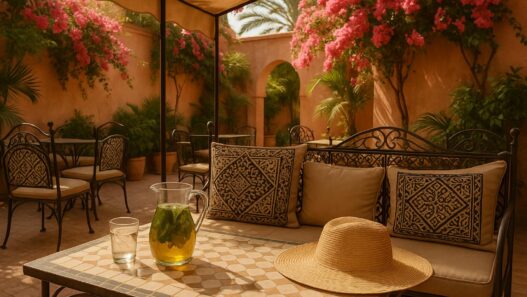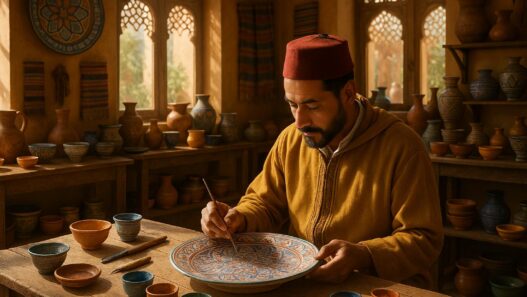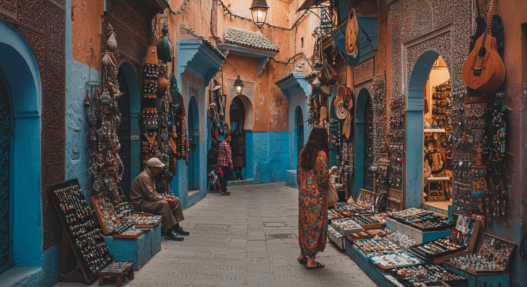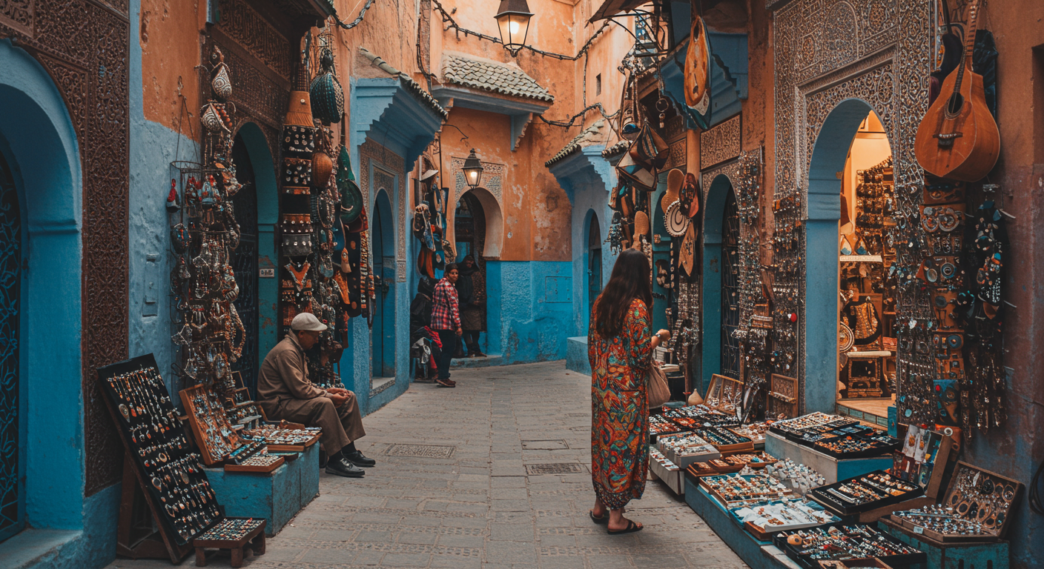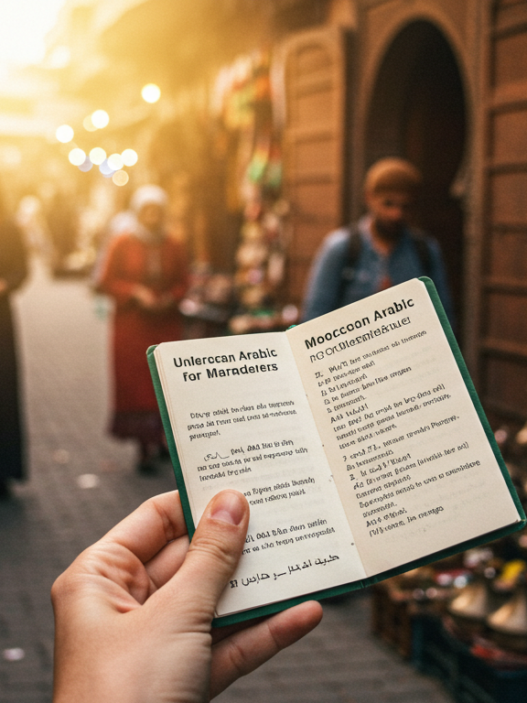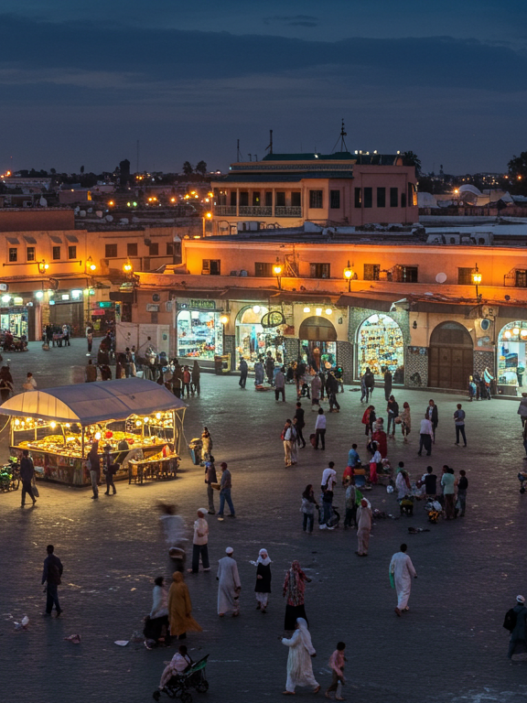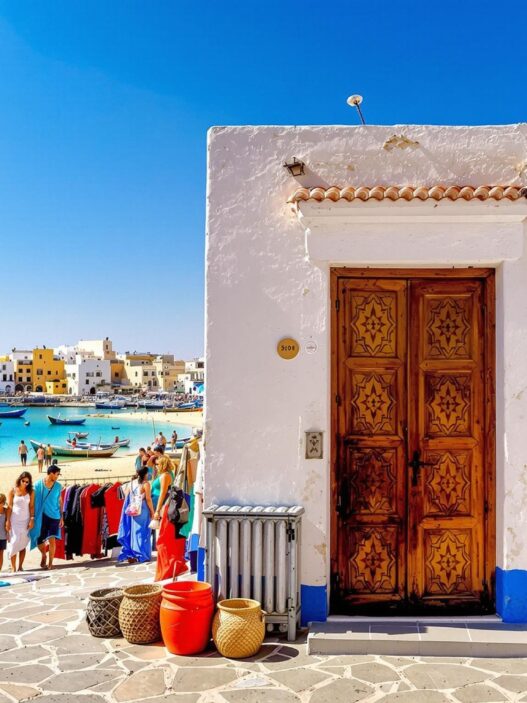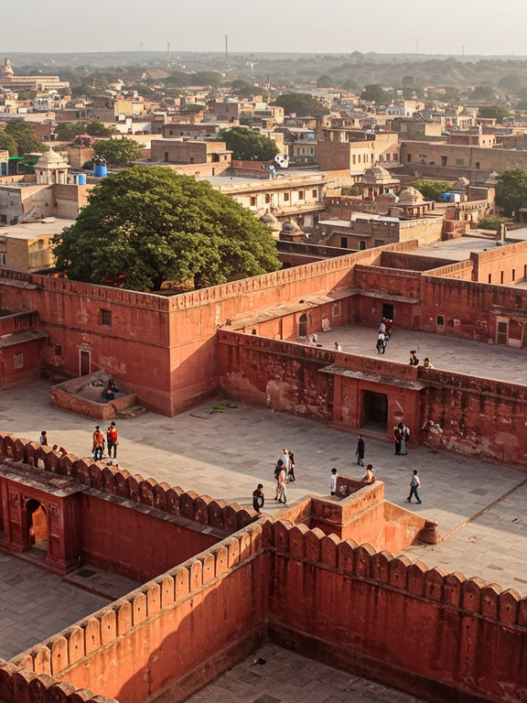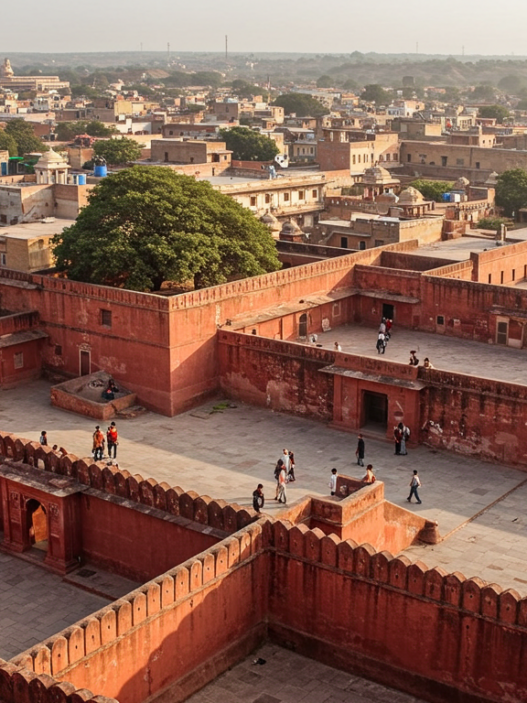Marrakesh, often referred to as the “Red City,” is a place of mystique, vibrant culture, and rich history. Founded nearly a millennium ago, it has played a significant role in shaping Morocco’s identity. While many know Marrakesh for its bustling medina and ornate palaces, there are fascinating aspects of its history that remain lesser known. Let’s delve into five intriguing facts about Marrakesh’s past.
1. Marrakesh Was the First Imperial City of Morocco
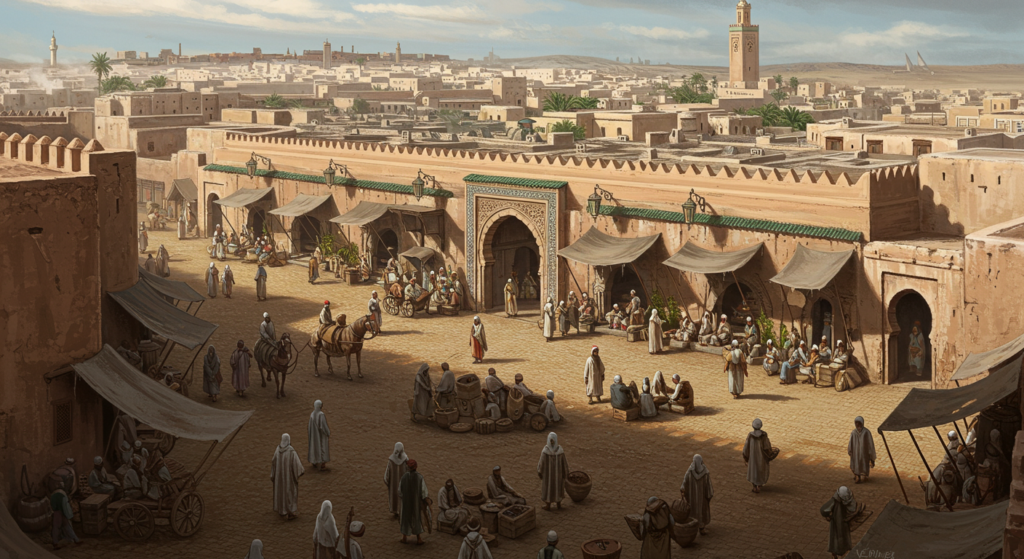
Marrakesh holds the distinction of being Morocco’s first imperial city, established in 1070 by the Almoravid dynasty. It served as a political, cultural, and religious center that laid the foundation for the Morocco we know today. The Almoravids, a Berber Muslim dynasty, introduced architectural innovations, including the construction of mosques, palaces, and the city’s distinctive red walls.
This status as the inaugural imperial city made Marrakesh a hub for diplomacy and trade, influencing its reputation as a crossroads of cultures.
2. The Name “Marrakesh” Inspired the Country’s Name
Morocco’s name in many languages, including Spanish (“Marruecos”) and Persian (“Marakesh”), stems from Marrakesh itself. Historically, the city was so prominent that it became synonymous with the entire nation. The Arabic name, “Marrakush,” derives from Berber roots, meaning “Land of God.”
This linguistic influence underscores Marrakesh’s pivotal role as a center of power and civilization.
3. The Famous Red Walls Are Over 900 Years Old
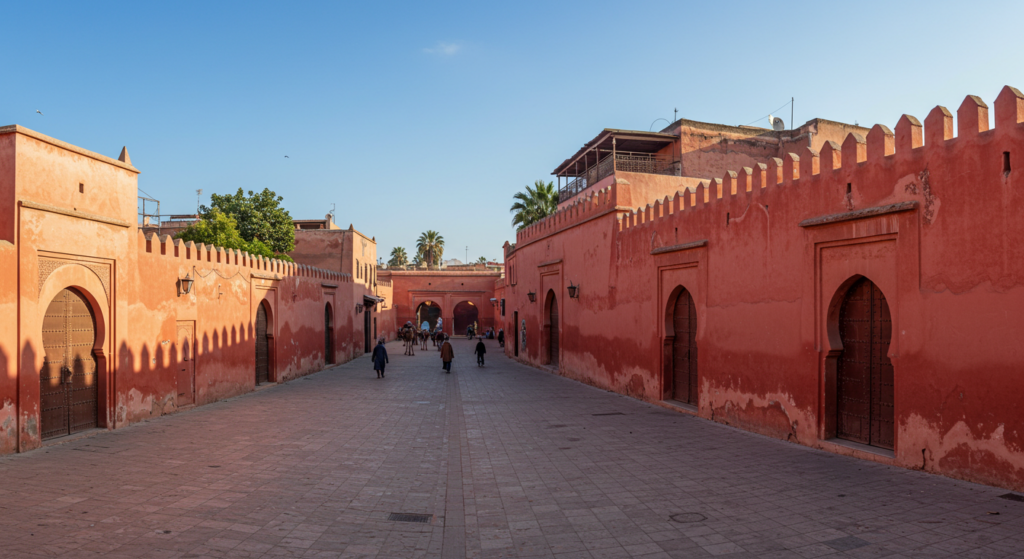
The iconic red walls that give Marrakesh its nickname were built during the Almoravid period. Constructed from red mud and clay, these walls have stood the test of time for over nine centuries. They not only served as protective fortifications but also symbolized the city’s prosperity and architectural prowess.
With gates like Bab Agnaou and Bab Doukkala, the walls represent a blend of functionality and artistry that continues to captivate visitors.
4. Marrakesh Was a Center for Islamic Scholarship
During the Almohad dynasty in the 12th century, Marrakesh flourished as a center of learning and scholarship. The city was home to renowned scholars, poets, and scientists, who contributed significantly to fields such as mathematics, astronomy, and medicine.
The Koutoubia Mosque, an architectural marvel of the era, is a lasting testament to this intellectual golden age. Its name, meaning “Booksellers’ Mosque,” highlights the city’s role in spreading knowledge and preserving Islamic manuscripts.
5. Marrakesh Has Hosted Global Leaders and Celebrities for Centuries
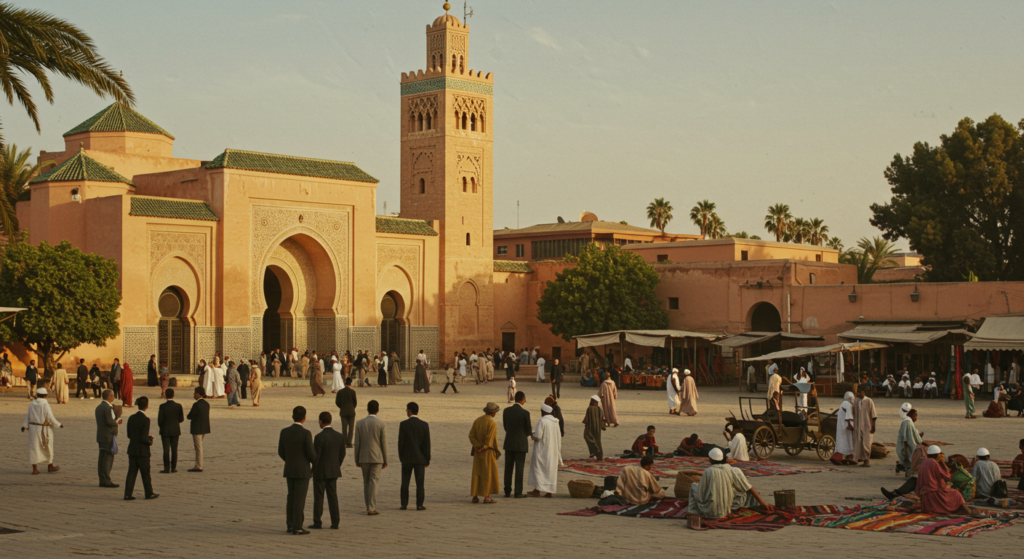
Marrakesh’s allure isn’t a recent phenomenon; it has long attracted global figures. From medieval travelers like Ibn Battuta to modern celebrities such as Winston Churchill and Yves Saint Laurent, the city has served as a retreat and source of inspiration.
In the mid-20th century, Churchill often visited Marrakesh, painting its landscapes and describing it as “the most lovely spot in the whole world.” This history of welcoming world-renowned personalities solidifies Marrakesh’s status as a cultural and artistic beacon.
Final Thoughts
Marrakesh is much more than a vibrant tourist destination; it’s a city with a storied past that continues to shape its identity. From its role as Morocco’s first imperial city to its influence on global culture, these hidden historical gems offer a deeper appreciation for the Red City. Whether you’re a history buff or a curious traveller, Marrakesh’s rich heritage is waiting to be explored.





